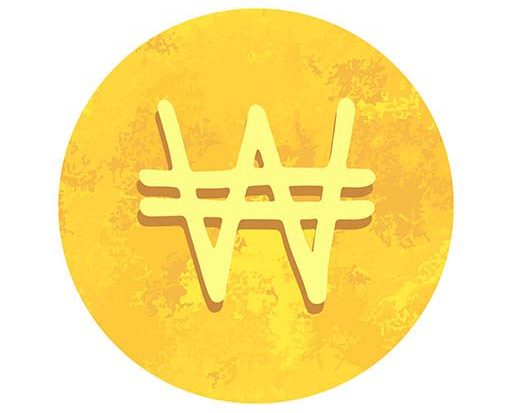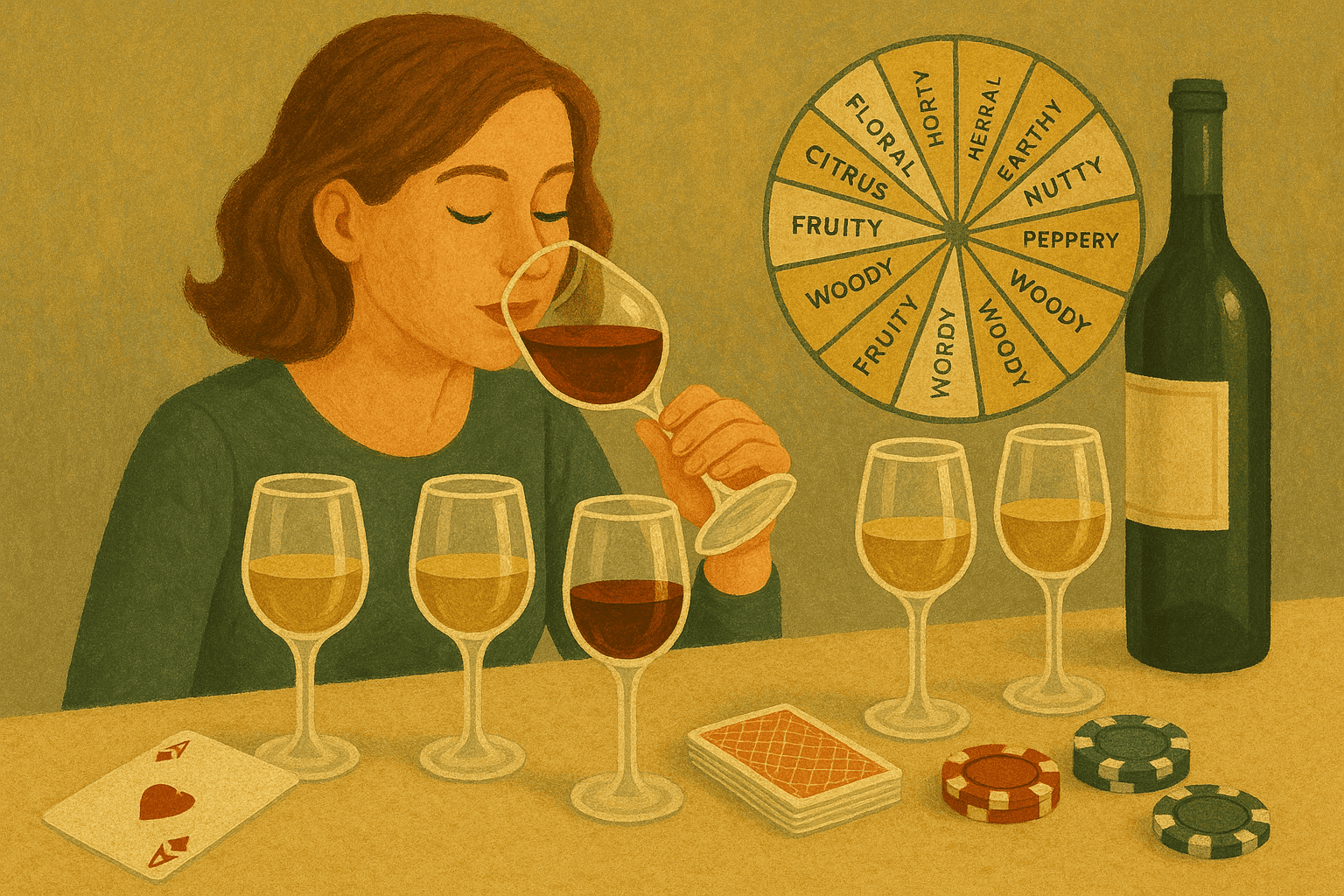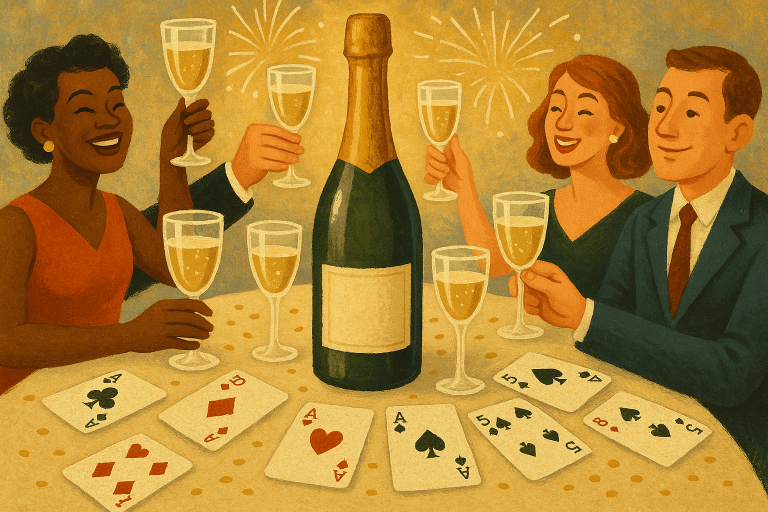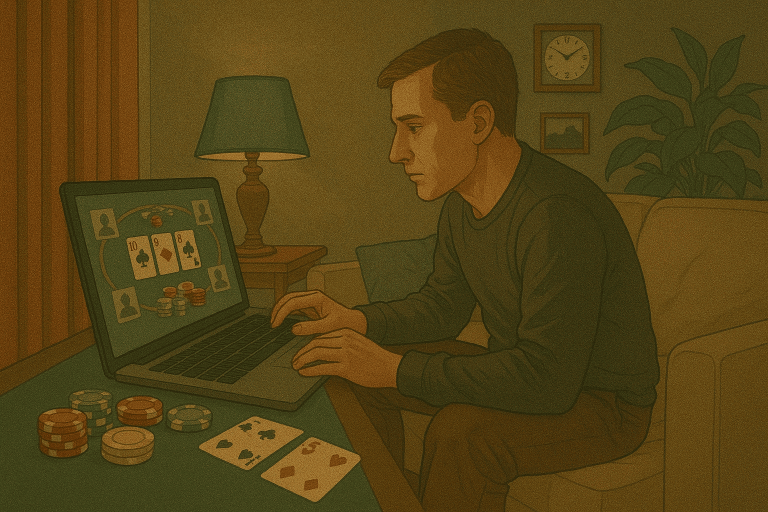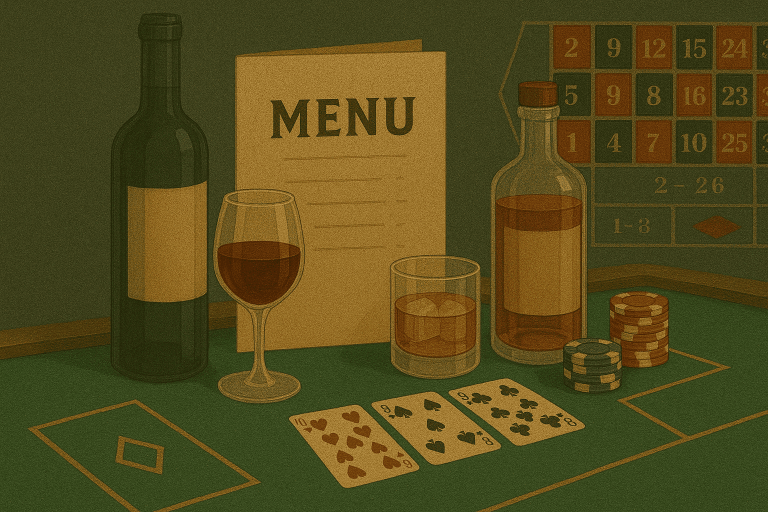Betting on the Senses: How Wine Tasting Trains You to Read the Table
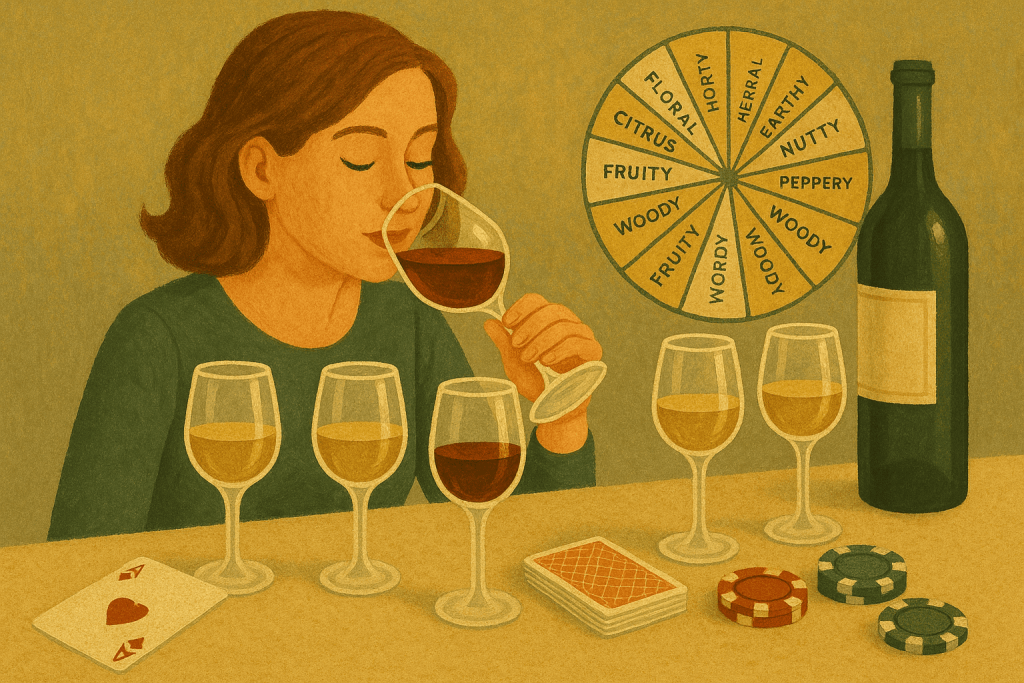
Two worlds built on perception
It begins with silence. A glass lifted. A swirl, a pause, a sniff. Wine tasting isn’t just drinking — it’s observing, decoding, anticipating. Interestingly, these are the same skills employed by master poker players and seasoned online gamblers. Both environments reward the quiet observer. The one who notices.
At first glance, a vineyard in Burgundy and a live poker room have nothing in common. But scratch the surface, and a shared truth emerges: success lies in reading nuance.
Decoding flavors and faces
To taste wine is to read a mystery — from grape to glass. Each swirl reveals new information: the color hints at age, the aroma suggests varietal, the taste speaks of soil and season.
Likewise, to sit at a poker table — physical or digital — is to decode behavior. Timing, tone, bet sizing, silence. An opponent’s hesitation might be the bluff, or the tell. Just like that faint trace of licorice in a Syrah, it’s subtle — but decisive.
Wine tasting sharpens senses. And those sharpened senses make us more attuned to everything else — including the rhythms of a game.
Rituals of focus
Both wine tasting and serious gameplay create rituals. Some players use noise-canceling headphones, dimmed lighting, and a specific playlist. Others adjust their chair twice before starting. These aren’t just quirks. They’re deliberate habits to trigger focus — like the wine taster who always tastes whites before reds, or holds the glass by the stem.
Such rituals anchor attention. In an online casino, where distractions are many and dopamine is plenty, this focus can be the difference between success and burnout.
Mindfulness in action
At its core, wine tasting is a mindful act. It asks us to pause, to notice. Gambling, when done intentionally, can be the same. A pause before betting. A breath before checking the river card. A sense of awareness of one’s own patterns.
This mindfulness makes for smarter decisions. Slower, but sharper. Less reactive, more intentional. And it brings greater satisfaction, regardless of outcome.
Training pattern recognition
When wine lovers talk about vintage variation or tasting flights, they’re discussing patterns: how one year differs from another, how a chardonnay expresses itself across regions.
Gamblers also live on patterns — of odds, of probability, of human behavior. Learning to recognize a betting pattern is like detecting a house style in a winemaker’s portfolio.
Both disciplines reward long-term memory and subtle shifts. The beginner sees the obvious. The seasoned player or taster catches the faint echo of a past decision.
Psychology and tempo
Tasting is slow. Gambling is fast. Or so it seems.
But seasoned players know the game’s tempo shifts. Fast in slots, slow in poker. Just as a wine flight moves from light to bold, a gaming session may open with exploratory bets before tightening into a focused endgame.
Understanding tempo — your own and the game’s — is a hidden skill. And one sharpened by the slow, deliberate rhythm of tasting.
When experience becomes instinct
There comes a moment — in both games and glasses — when instinct takes over. The taster who calls the region blind. The player who folds before the bluff is revealed. It’s not guesswork. It’s embedded learning.
The more you taste, the more you play, the less conscious each move becomes. Sensory experience becomes decision muscle.
Conclusion: training the player within
Wine tasting may not seem like a gateway to gambling excellence. But it trains the most vital skills: observation, patience, pattern recognition, and sensory trust.
In a world flooded with stimuli, to pause and notice is a superpower. Whether you’re reading a glass or a game, the ability to tune in — deeply and with joy — makes the experience richer.
So the next time you swirl a glass or enter an online tournament, remember: both are games of perception. And in both, the senses lead the way.
